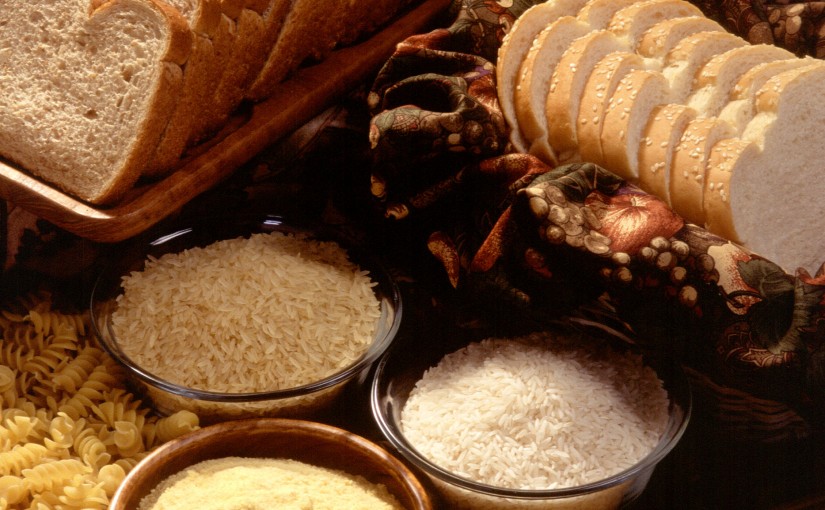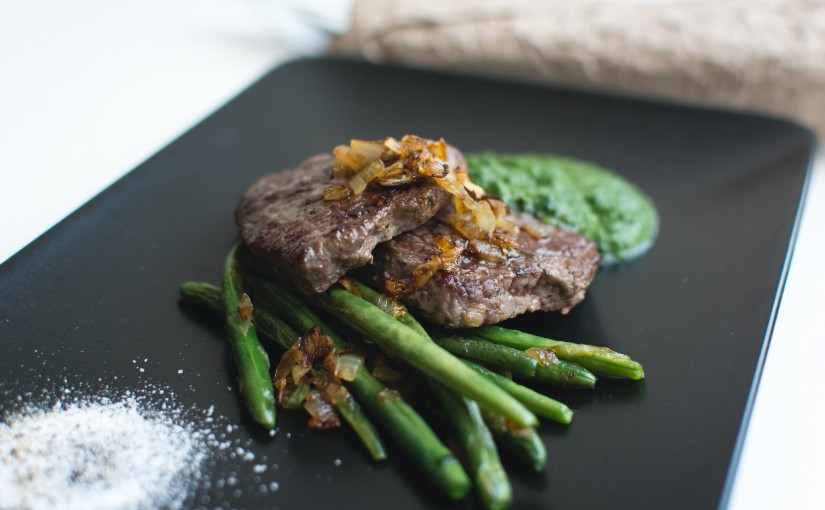Tag: Nutrition
-

Bread, Rice, Pasta: Why Brown is Better
Many people love pasta and rice. However, most of us prefer the white versions of these foods over the brown because they look much tastier. However, where nutrition is concerned, brown bread, rice and pasta are much better for you. If you want to include more brown bread, rice and pasta in your diet, or…
-

The Benefits of Paleo
As far as diets go, paleo is both very new and very old. At first, this may seem like a contradiction, but people have been eating in this fashion for millions of years, ever since the first hunter-gatherer tribes appeared on Earth. However, it was only just recently that we became aware of the health…